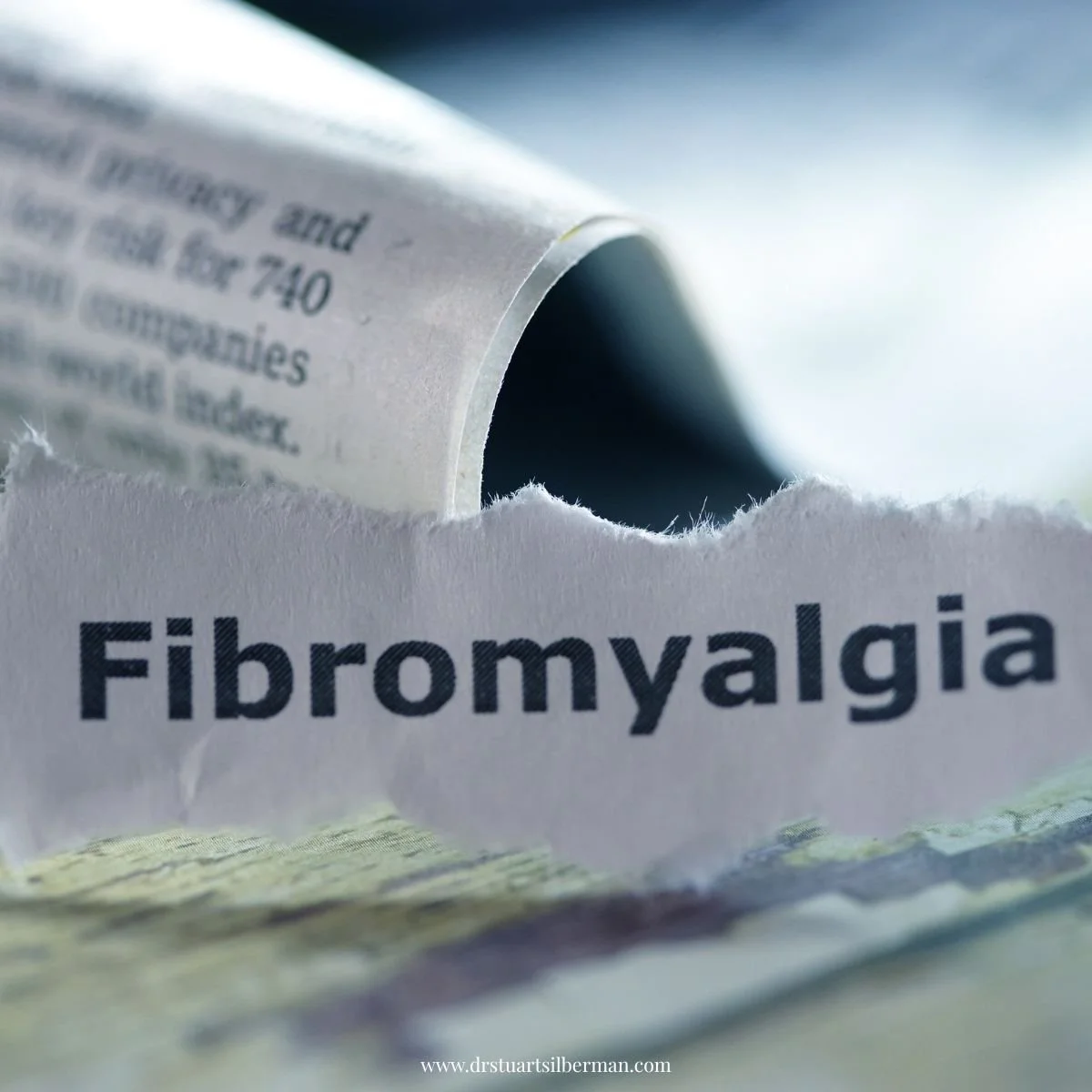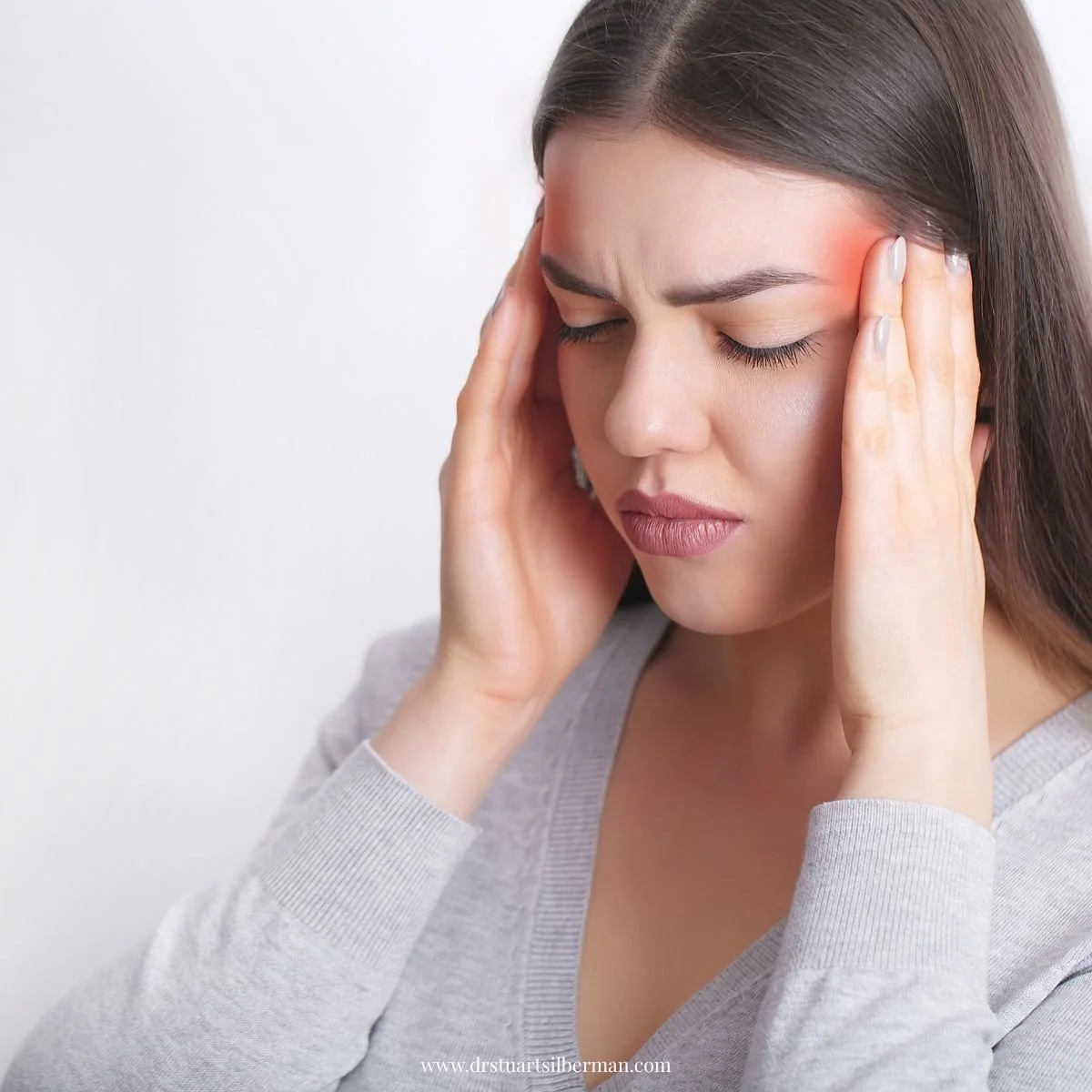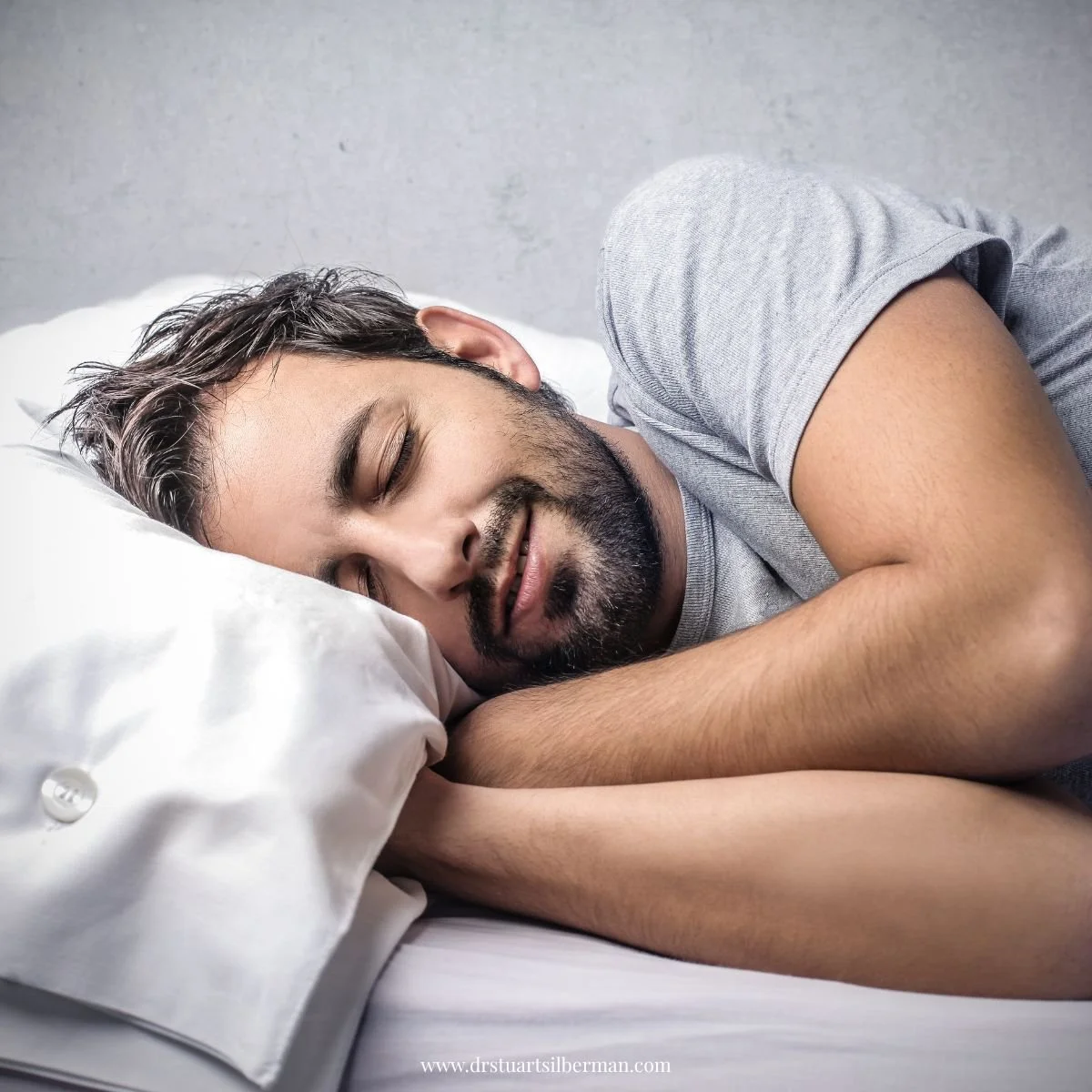Neurofeedback for Concussions
By Siegfried Othmer, PhD
On the occasion of the release of the film ‘Concussion‘ it is only appropriate that we add our voice to those that have already been raised on this issue. The reason is that neurofeedback is really the only remedy currently available for concussions. The plain truth of the matter is that the medical cupboard has always been bare when it came to concussions, and that remains true to this day.
There are the usual remedies on offer for symptom suppression—for headaches, nausea, dizziness, and edema. But these do not address the underlying issue. When it comes right down to it, the only recovery mechanism we know of for concussions is self-recovery. And it is even true that all we can do with neurofeedback is to facilitate and accelerate that process.
Neurofeedback is not anything that is done to the brain. Rather, it simply illuminates the path for the brain to find its way to its own recovery. It is best thought of as a rehabilitation technique—-as brain rehabilitation in this case. The difference between this and physical rehabilitation is that the brain does all the work! We are simply providing it with information. Another model for neurofeedback is brain exercise. But again, the trainee is not doing the heavy lifting here. It is the brain that is doing the work.
Concussions have been successfully remediated with neurofeedback since 1975. That this is still not generally known is of course scandalous, but then so is the fact that the entire topic of concussions has been off the agenda within medicine for the entire twentieth century. Medical professionals do not like to talk about conditions where no medical remedies are available.
This disagreeable fact is shaping the discussion even now. After all, when we use the term concussion we are referring to a condition where ultimate recovery is typically expected, even if we have no choice but to wait for it. But concussions are really only a subset of a much larger class of conditions labelled minor traumatic brain injury, by which is meant all those cases of head trauma where there has been no skull fracture. That actually covers a whole range of conditions that would never be labelled a mere concussion.
These can leave people permanently dysfunctional, and after the usual period of ‘self-recovery’ that might take up to eighteen months, they are deemed to be in a stable state and no further help is on offer. After all, there is nothing one can do…! There is, however, neurofeedback, and even after decades of dysfunction, function may still be recovered. The capacity for functional recovery is never lost.
Let me be utterly clear here: We are not talking about subtle change at the margins. We are talking about global functional recovery. We have ourselves worked with someone who was functionally blind after a head injury, having nothing more than blurry tunnel vision, and after seventeen sessions vision was restored to the point where the person could drive again. We have taken a stroke victim from the point where they were on crutches to where they were skiing once again. This transpired after all medical care and all other rehabilitation efforts had ceased.
The effectiveness of neurofeedback in facilitating recovery for minor traumatic brain injury (mTBI) has been a fact for forty years now, and it has been totally ignored by the field of medicine. This scandal is only eclipsed by the even worse scandal that the field of medicine has been in denial about the entire business of so-called minor traumatic brain injury.
Consider the PBS Frontline program “League of Denial” that first aired two years ago (and is being re-broadcast presently). The denial of the issue of head trauma is being blamed on the NFL, when in fact they were backed up in their stance at every step of the way by their medical advisers! If the NFL was in denial, then so were the medical authorities advising them. It was not the NFL that ruined the career of Dr. Bennet Omalu for discovering the physical evidence for chronic traumatic encephalopathy (CTE). It was the medical brain trust.
Consider also the fact that the medical field was caught entirely flat-footed by the flood of cases of blast injury out of Iraq. In many of these cases, there had been no direct brain insult. And yet all the dysfunctions associated with minor brain injury presented themselves. Was there really no precedent for this? Of course there was! After all, we had been driving automobiles for a hundred years already. In the US we encounter more than a million cases of minor traumatic brain injury per year, a much larger caseload than was now presenting itself within the military.
The difference was that the automobile injuries were all individual cases that could be dismissed one at a time. The military presented a very different kind of problem. Cases were now arriving in droves. The matter could not be ignored quite so easily.
Throughout our collective experience with the automobile there had been countless of cases where the severity of the complaints seemed out of line with the severity of the original brain insult.
“But the airbag didn’t even deploy.”
“But you didn’t even lose consciousness.”
“But you were able to drive home after the accident.”
Doctors did what came naturally. They took issue with what the patient was reporting. Their complaints were simply dismissed. Of course the docs were very much encouraged in this course by insurance company lawyers.
They also had their own evidence, or rather a lack thereof. And this turns out to be a crucial part of the story. Matters were caught on the cusp of the structure/function dichotomy. For decades now we have had CT scans that allowed us to take a look at the brain. Problem was, these tended not to support the claims in most cases of minor traumatic brain injury. There was no structural injury—hence there was no medical issue! People were sent home with all of their complaints. Whatever they were, they were not a medical issue.
This lack of supportive evidence from brain imagery solidified the position that minor traumatic brain injury was not a medical problem, by and large. This posture fit hand-in-glove with the insurance companies who would otherwise be stuck with potentially large payouts.
In the neurofeedback field, we had been seeing the evidence of functional injury all along in the course of tracking EEG measures through the training process. And if the brainwave activity was wildly irregular at the outset, there was an obvious tendency for it to approach typical values with the training. Insurance companies moved heaven and earth to discredit the new evidence, because if neurofeedback could actually be helpful, then ethically it had to be made available to head-injured people. The best way to discredit neurofeedback was to call the evidence into question—the same process to which Dr. Bennet Omalu was subjected.
The failure mechanism involved in minor traumatic injury was plainly the “scrambling of the brainwaves,” to quote the pungent metaphor of former NBA player and basketball commentator Bill Walton. The loss was in the functional domain, and is presently modeled in terms of alterations of functional connectivity. These leave no evidence in CT scans. After all, CT scans cannot tell the difference between a living brain and a dead one. How could they possibly tell the difference between a functional and a dysfunctional one? Nevertheless, it suited the purpose of the moment to deny the new evidence. We had a pact of the devil between medicine and insurance company lawyers, just as there was such a pact between medicine and the NFL.
Insurance companies have had yet one other ace up their sleeves. It is to argue that the injury is not so much due to the event at issue, but rather to the fact that the victim was bringing a vulnerable brain to the incident. The victim was already vulnerable, and now just wants to blame everything on this particular brain insult in order to obtain recovery. They call these ‘egg-shell’ cases.
In fact, the insurance companies nailed it! It is indeed impossible to explain the severity of injury and the subsequent rate of recovery, or lack thereof, until the person’s prior history is taken into account. To resort to Bill Walton’s metaphor again, these people came to the critical incident with brainwaves that were already scrambled. Functional connectivity was already compromised at some level. There is absolutely no doubt that this holds true. The best predictor of recovery is the history of the patient prior to the injury. Many of them had histories of earlier trauma—psychological or physical, and it did not matter much which one. Both succeed in ‘scrambling the brainwaves.’ Nevertheless, it was this particular injury that sent this particular patient over the cliff into obvious dysfunction.
So where are we presently? We are just where we started:
There is only one remedy for the persistent symptoms of minor traumatic brain injury, and it is neurofeedback.
But if we take the lesson of prior vulnerability to its logical conclusion, we should be offering neurofeedback to all those who are trying to function with scrambled brainwaves throughout their lives, even well before a minor head injury makes that deficit obvious by making it even worse. People need training in resilience, and the method is neurofeedback. Who would benefit? Well, just about all of us, frankly.






